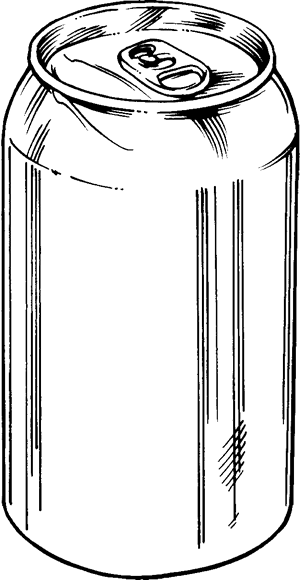CountIF: Using Cell Colors for Formula Magic

The world of spreadsheets often involves intricate formulas and calculations, and sometimes, we need a little extra magic to make our data analysis truly efficient. One such powerful tool is the CountIF function, which, when combined with cell colors, can unlock a whole new level of data manipulation.
Imagine having a vast spreadsheet with important data, and you need to quickly count specific values based on their corresponding cell colors. That's where the CountIF formula comes into play, offering a simple yet effective solution to streamline your data analysis.
Unveiling the Power of CountIF

The CountIF function is a versatile tool in the Excel arsenal, allowing users to count cells that meet certain criteria. It’s an essential part of data analysis, helping professionals make sense of large datasets with ease. By utilizing this function, you can automate repetitive tasks and gain valuable insights from your data.
Let's delve into a real-world example to understand the impact of CountIF. Imagine you're an HR manager with a spreadsheet containing employee performance data. Each employee's name is accompanied by a cell color representing their performance level: green for excellent, yellow for average, and red for below average. You want to quickly determine the number of employees in each performance category.
This is where CountIF shines. With a simple formula, you can count the number of employees in each category based on their cell colors. For instance, to count the employees with green cells (excellent performance), you would use the formula =COUNTIF(range, "green"), where range refers to the cells you want to count.
| Employee | Performance |
|---|---|
| John | Excellent |
| Jane | Average |
| Doe | Below Average |

Advanced Techniques with CountIF
While the basic CountIF function is powerful, there are advanced techniques to enhance its capabilities. By combining CountIF with other functions like SUMIF or AVERAGEIF, you can perform even more complex calculations based on cell colors.
For instance, if you want to calculate the average performance score of employees with green cells (excellent performance), you can use the formula =AVERAGEIF(range, "green", average_range), where average_range refers to the cells containing the performance scores.
Real-World Applications

The use of CountIF with cell colors is not limited to HR data; it finds applications in various industries and scenarios. Here are a few real-world use cases:
- Sales Analysis: In sales reports, you can use cell colors to represent different sales regions, and CountIF can quickly determine the number of sales in each region.
- Project Management: For project timelines, cell colors can indicate project phases, and CountIF can count the number of projects in each phase.
- Financial Analysis: In financial statements, cell colors can highlight positive or negative trends, and CountIF can provide a quick overview of the financial health.
Tips and Tricks for Effective Usage
To make the most of CountIF and cell colors, here are some practical tips:
- Consistency is Key: Ensure that your cell colors are consistently applied across your spreadsheet to avoid any confusion or errors.
- Use Conditional Formatting: Conditional formatting can automatically apply cell colors based on specific criteria, making your data more dynamic and easier to analyze.
- Combine with Other Functions: Don't limit yourself to CountIF alone. Explore the power of combining it with other functions like SUMIF, AVERAGEIF, or even IF statements for more advanced calculations.
Future Implications
As technology advances, the role of spreadsheets in data analysis continues to evolve. The integration of CountIF with cell colors showcases a powerful yet simple way to enhance data visualization and analysis. With the right tools and techniques, professionals can unlock new insights and make more informed decisions.
In the future, we can expect further advancements in spreadsheet software, making data analysis even more accessible and efficient. The combination of intuitive functions like CountIF and visual cues like cell colors will likely become a standard practice, empowering users to make sense of complex data with ease.
Can I use CountIF with multiple criteria or colors?
+Yes, you can use the COUNTIFS function, which allows you to specify multiple criteria or colors to count cells. For example, =COUNTIFS(range1, “green”, range2, “red”) would count cells that are both green and red.
How can I apply cell colors automatically based on criteria?
+Excel offers a powerful tool called Conditional Formatting. With this feature, you can apply cell colors automatically based on specific criteria. For instance, you can format cells to turn green if their value is above a certain threshold.
Are there any limitations to using cell colors for data analysis?
+While cell colors are a valuable tool, they should be used in conjunction with other data visualization techniques. Over-reliance on colors alone may limit the accessibility of your data for color-blind individuals or those with visual impairments. A balanced approach, combining colors with other visual cues like icons or text, can enhance data comprehension for all users.



